Home>Maintenance & Safety>Home Maintenance Checklists>Which Way Do You Face The Trash Can
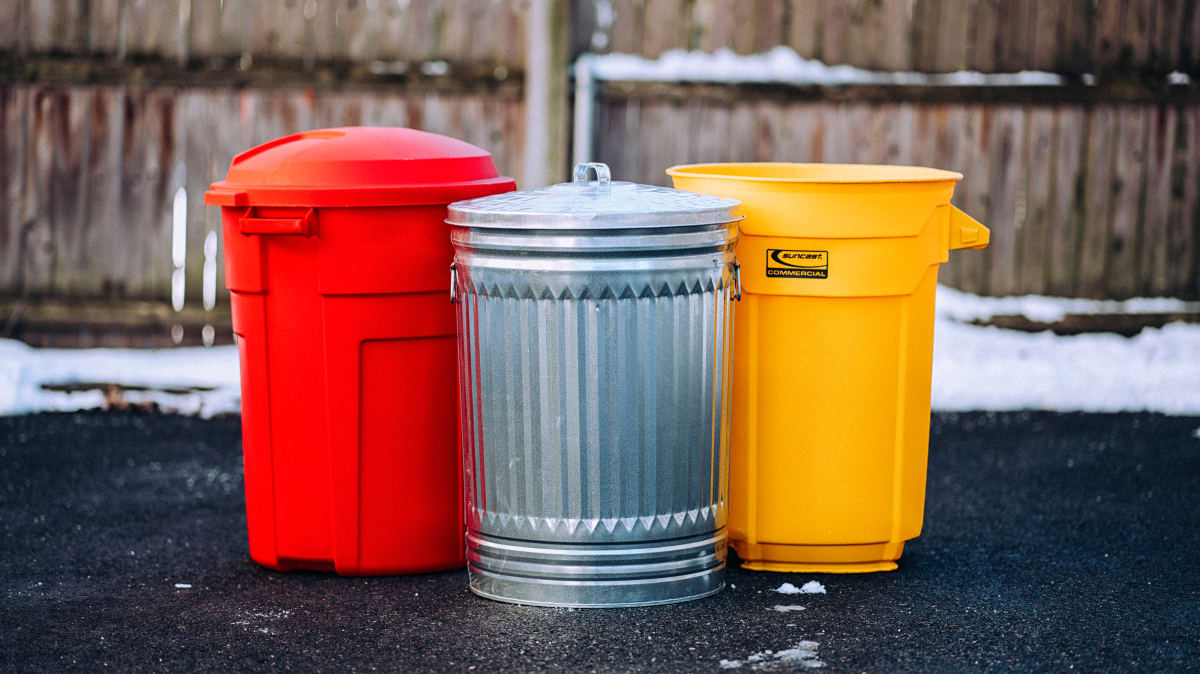

Home Maintenance Checklists
Which Way Do You Face The Trash Can
Published: January 17, 2024
Learn the best home maintenance checklists for efficient trash can placement. Discover which way to face the trash can for convenience and cleanliness.
(Many of the links in this article redirect to a specific reviewed product. Your purchase of these products through affiliate links helps to generate commission for Storables.com, at no extra cost. Learn more)
Introduction
Welcome to the age-old debate: which way should the trash can face? It may seem like a trivial matter, but the placement of your trash can actually holds more significance than you might think. From the psychological impact on household members to the environmental implications, the orientation of your trash can is a decision that warrants thoughtful consideration.
In this article, we will delve into the various aspects of trash can placement, exploring the psychology behind it, its environmental repercussions, and the practical considerations that can guide your decision-making process. By the end, you’ll have a deeper understanding of why the direction your trash can faces is more than just a matter of convenience.
Key Takeaways:
- Trash can placement affects psychology, environment, and practicality. Visible and accessible placement promotes cleanliness and waste management awareness, leading to a more organized and harmonious living environment.
- Strategically positioning trash cans encourages responsible waste disposal, leading to increased recycling and reduced landfill contributions. Consider accessibility, functionality, and aesthetic integration for optimal waste management efficiency.
Read more: Which Way Do Blackout Curtains Face
The Psychology of Trash Can Placement
Believe it or not, the way your trash can is positioned can have a subtle yet significant impact on the psychology of those in your household. Placing the trash can in a visible, accessible location can serve as a visual cue, reminding everyone to dispose of waste properly. When the trash can is conveniently situated, it promotes a sense of tidiness and encourages individuals to maintain a clean living space.
Conversely, if the trash can is tucked away or difficult to access, it may inadvertently signal that waste disposal is not a priority. This can lead to clutter and a less organized living environment. The visibility of the trash can also influences the likelihood of individuals actively participating in waste management, as it serves as a constant reminder to dispose of items properly.
Moreover, the placement of the trash can can impact the overall ambiance of a room. When strategically positioned, it can blend seamlessly into the space, contributing to a harmonious and well-organized atmosphere. On the other hand, if the trash can is haphazardly placed, it may disrupt the visual flow of the room and detract from its overall appeal.
Understanding the psychological implications of trash can placement can help you make an informed decision about where to position it in your home. By considering the psychological impact, you can create an environment that promotes cleanliness, organization, and a positive mindset when it comes to waste management.
Environmental Impact of Trash Can Placement
The placement of your trash can goes beyond mere convenience or aesthetics; it can also have a notable impact on the environment. When the trash can is strategically positioned in a visible and easily accessible location, it encourages individuals to be more mindful of their waste disposal habits. This, in turn, can lead to increased recycling and proper sorting of recyclable materials, thereby reducing the amount of waste that ends up in landfills.
By making the trash can readily available, individuals are more likely to dispose of their waste promptly, preventing the accumulation of garbage in other areas of the home. This can help mitigate the risk of pests and odors associated with improperly stored waste, ultimately contributing to a healthier and more hygienic living environment.
Furthermore, the environmental impact extends beyond the immediate household. When the trash can is strategically placed outdoors, it can influence the disposal habits of individuals outside the home as well. For instance, positioning a trash can visibly near a gathering area in your yard can encourage guests to dispose of their waste responsibly, reducing litter and promoting a cleaner outdoor space.
Considering the environmental implications of trash can placement can inspire more conscientious waste management practices within your household and community. By strategically situating the trash can, you can contribute to a more sustainable and eco-friendly approach to waste disposal, ultimately making a positive impact on the environment.
When placing trash in a trash can, always face the opening towards you to make it easier to throw things away. This way, you can avoid accidentally missing the opening and making a mess.
Practical Considerations for Trash Can Placement
When determining the optimal placement for your trash can, several practical considerations come into play. The location of the trash can within your home should align with both functional and aesthetic considerations to ensure seamless integration into your living space.
First and foremost, consider the areas in your home where waste is most frequently generated. Placing a trash can in or near these high-traffic zones, such as the kitchen or common areas, promotes convenience and encourages consistent waste disposal habits. Additionally, situating a recycling bin alongside the trash can in these areas can facilitate the proper sorting and disposal of recyclable materials.
Another practical consideration is the accessibility of the trash can. It should be easily reachable for all household members, including children and individuals with mobility limitations. This accessibility promotes inclusivity and ensures that waste disposal remains a straightforward and effortless task for everyone in the household.
Additionally, the size of the trash can should align with the specific needs of your household. For larger families or households that generate a significant amount of waste, a spacious trash can with a secure lid may be necessary to accommodate the volume of garbage produced. Conversely, smaller households or spaces may benefit from a more compact trash can that fits seamlessly into the available area without obstructing traffic flow.
Considering the aesthetic impact, choose a trash can that complements the overall decor of the room. Opt for a design and color that harmonizes with the existing interior, seamlessly blending in with the surroundings. This attention to aesthetics ensures that the trash can integrates seamlessly into the space, contributing to a cohesive and visually appealing environment.
By taking these practical considerations into account, you can strategically position your trash can to optimize functionality, accessibility, and aesthetic cohesion within your home, ultimately enhancing the overall waste management experience for everyone in the household.
Conclusion
As we’ve explored the multifaceted aspects of trash can placement, it becomes evident that this seemingly mundane decision carries far-reaching implications. From influencing the psychology and behavior of household members to impacting the environment and overall functionality within the home, the orientation of the trash can holds significant importance.
By understanding the psychological impact of visible and accessible trash cans, households can foster a culture of cleanliness and waste management awareness. The visual cues provided by strategically placed trash cans serve as reminders to dispose of waste properly, contributing to a more organized and harmonious living environment.
Moreover, the environmental impact of trash can placement cannot be overlooked. By positioning the trash can in visible and accessible locations, households can promote responsible waste disposal practices, leading to increased recycling and reduced landfill contributions. This conscientious approach to trash can placement extends beyond the home, influencing waste management habits in outdoor spaces and within the broader community.
Practical considerations, such as accessibility, functionality, and aesthetic integration, further underscore the importance of thoughtfully situating trash cans within the home. By aligning the placement of the trash can with these practical considerations, households can optimize waste management efficiency and seamlessly integrate waste disposal into daily routines.
In conclusion, the placement of the trash can is far from trivial. It is a decision that intertwines psychology, environmental impact, and practical functionality, ultimately shaping the waste management habits and overall ambiance of a household. By approaching trash can placement with mindfulness and consideration, households can create an environment that promotes cleanliness, sustainability, and a positive mindset towards waste management.
Frequently Asked Questions about Which Way Do You Face The Trash Can
Was this page helpful?
At Storables.com, we guarantee accurate and reliable information. Our content, validated by Expert Board Contributors, is crafted following stringent Editorial Policies. We're committed to providing you with well-researched, expert-backed insights for all your informational needs.
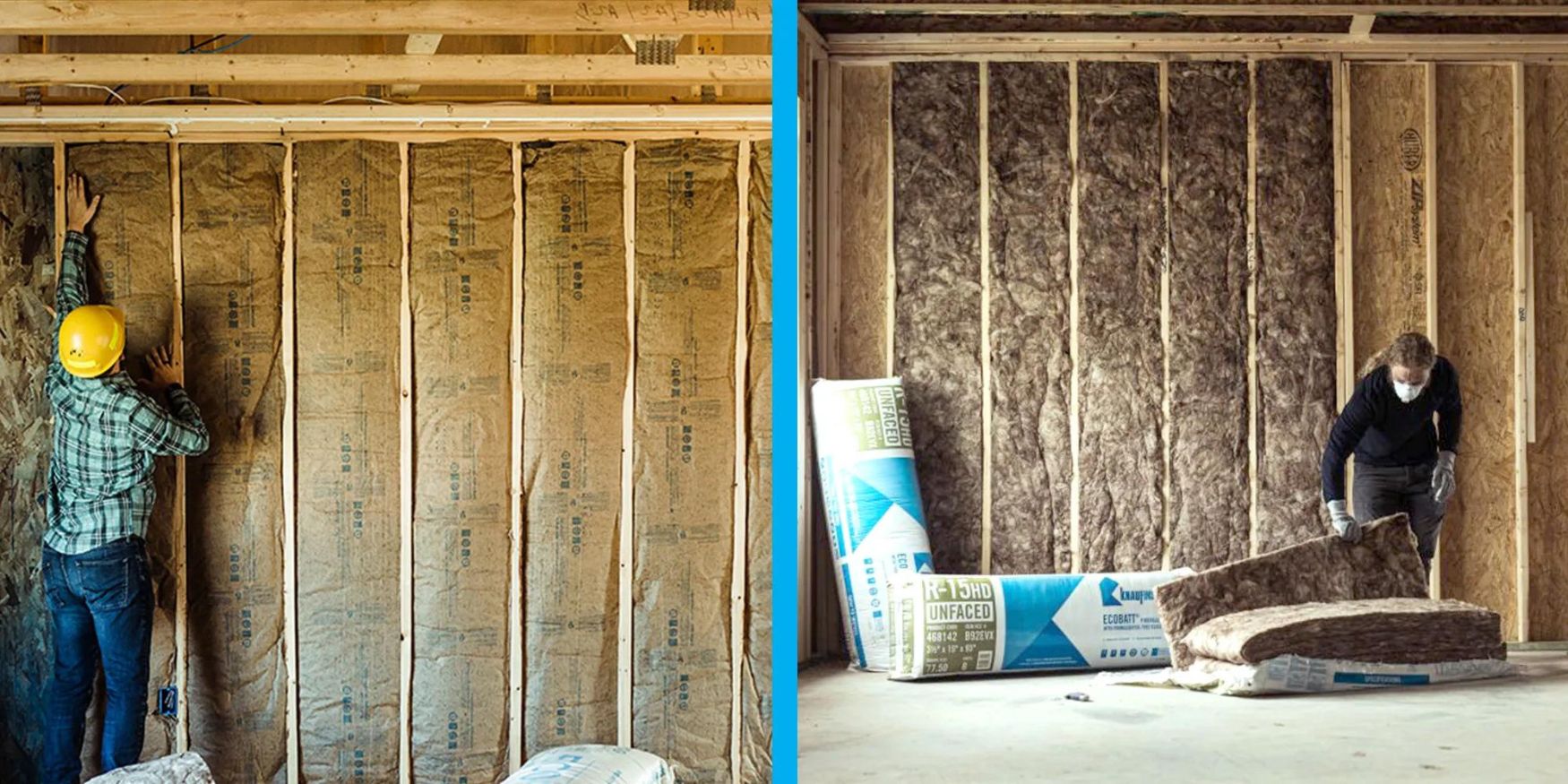
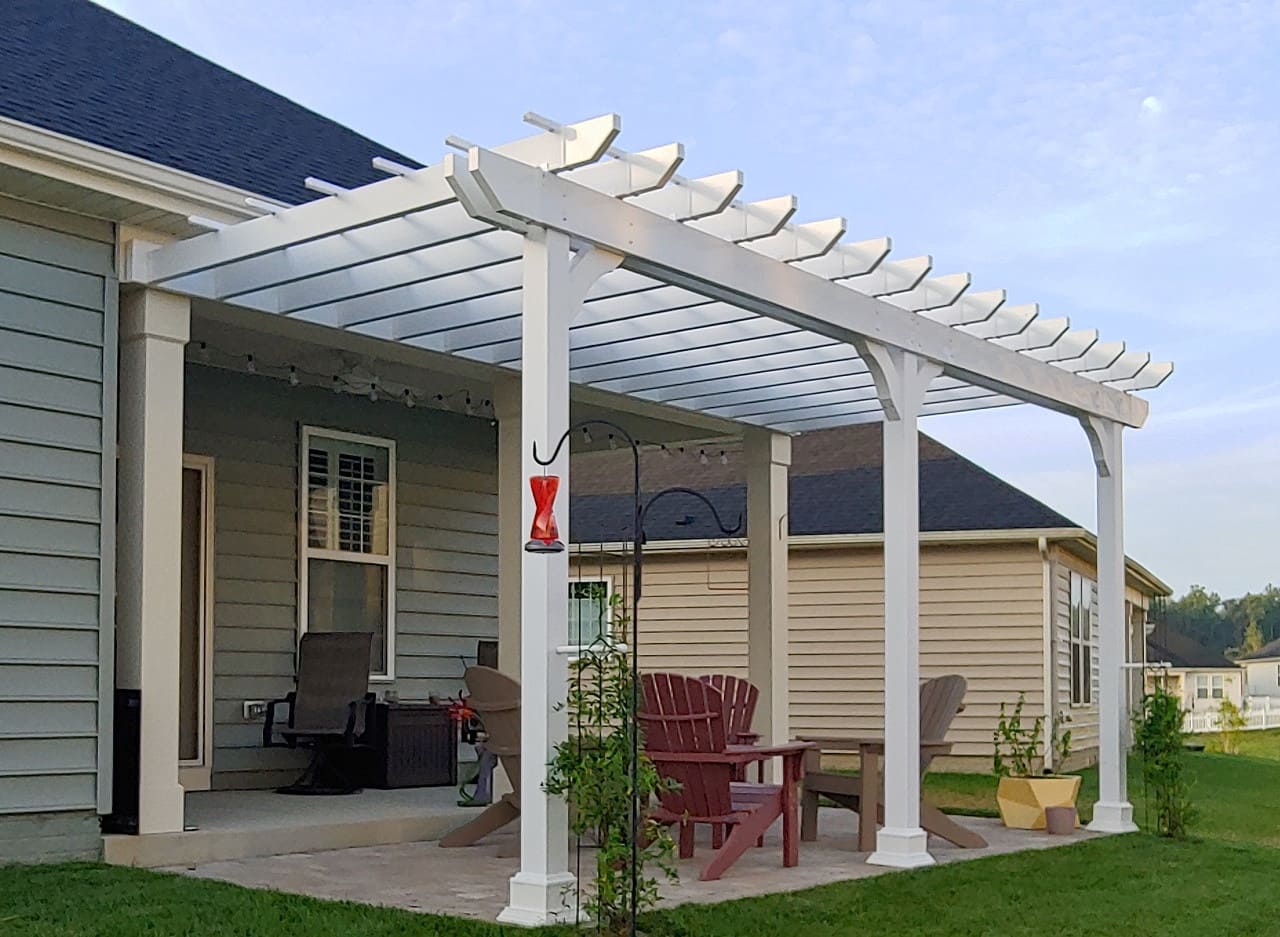
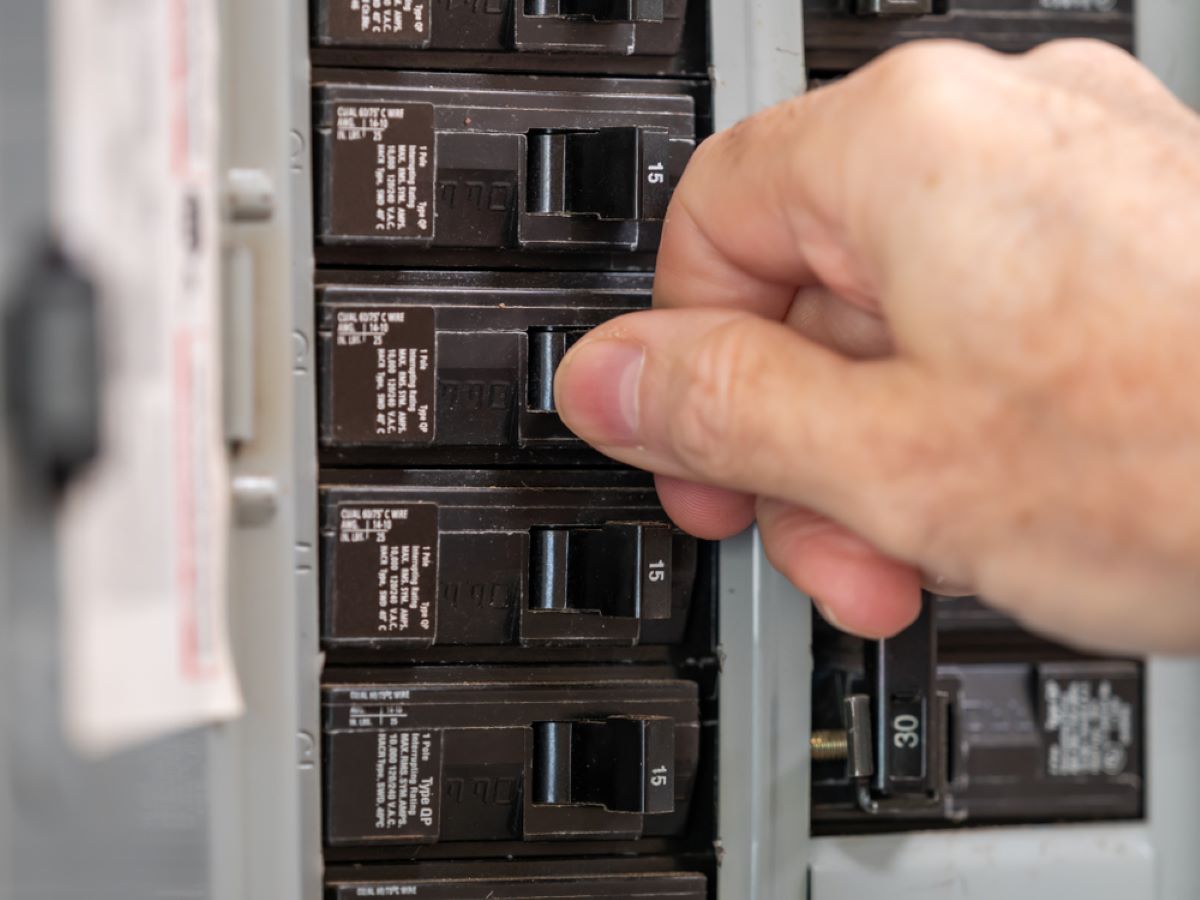

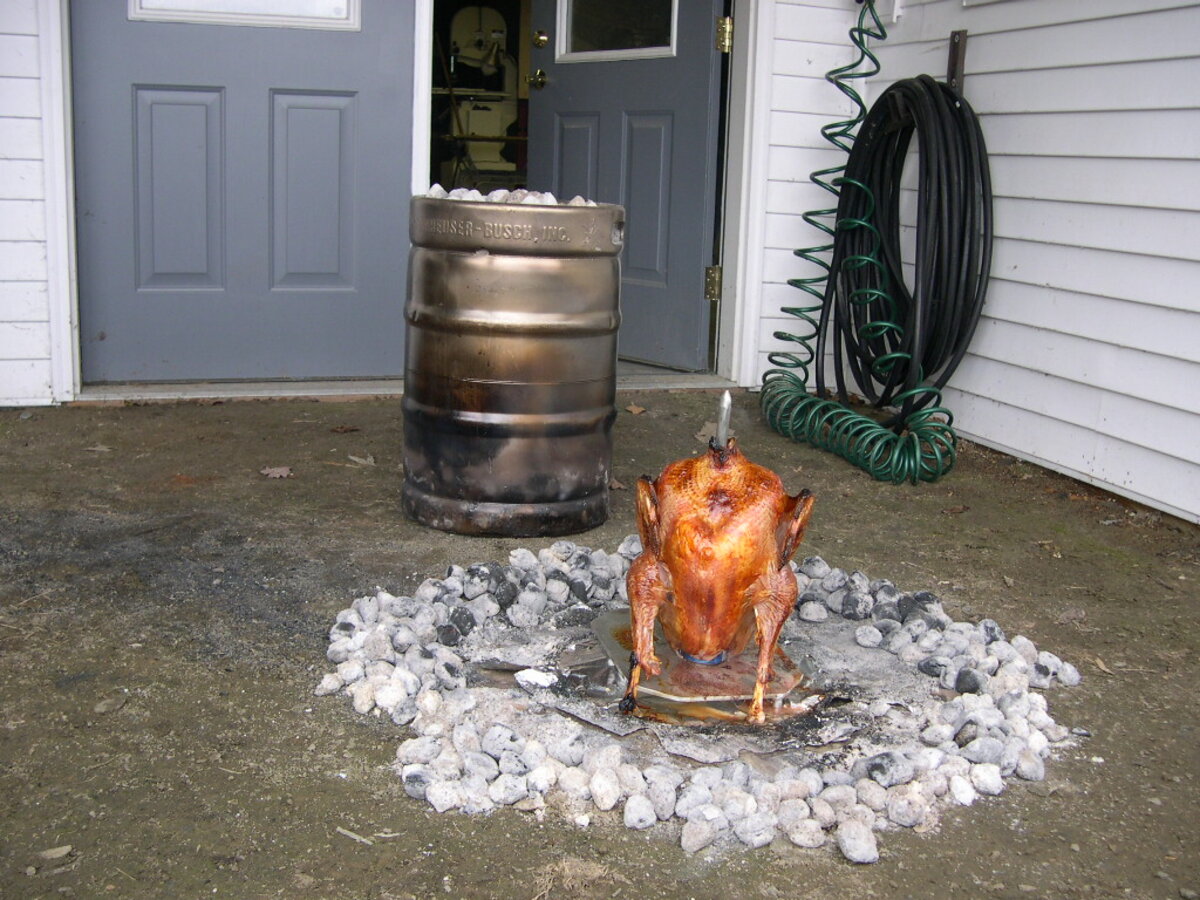
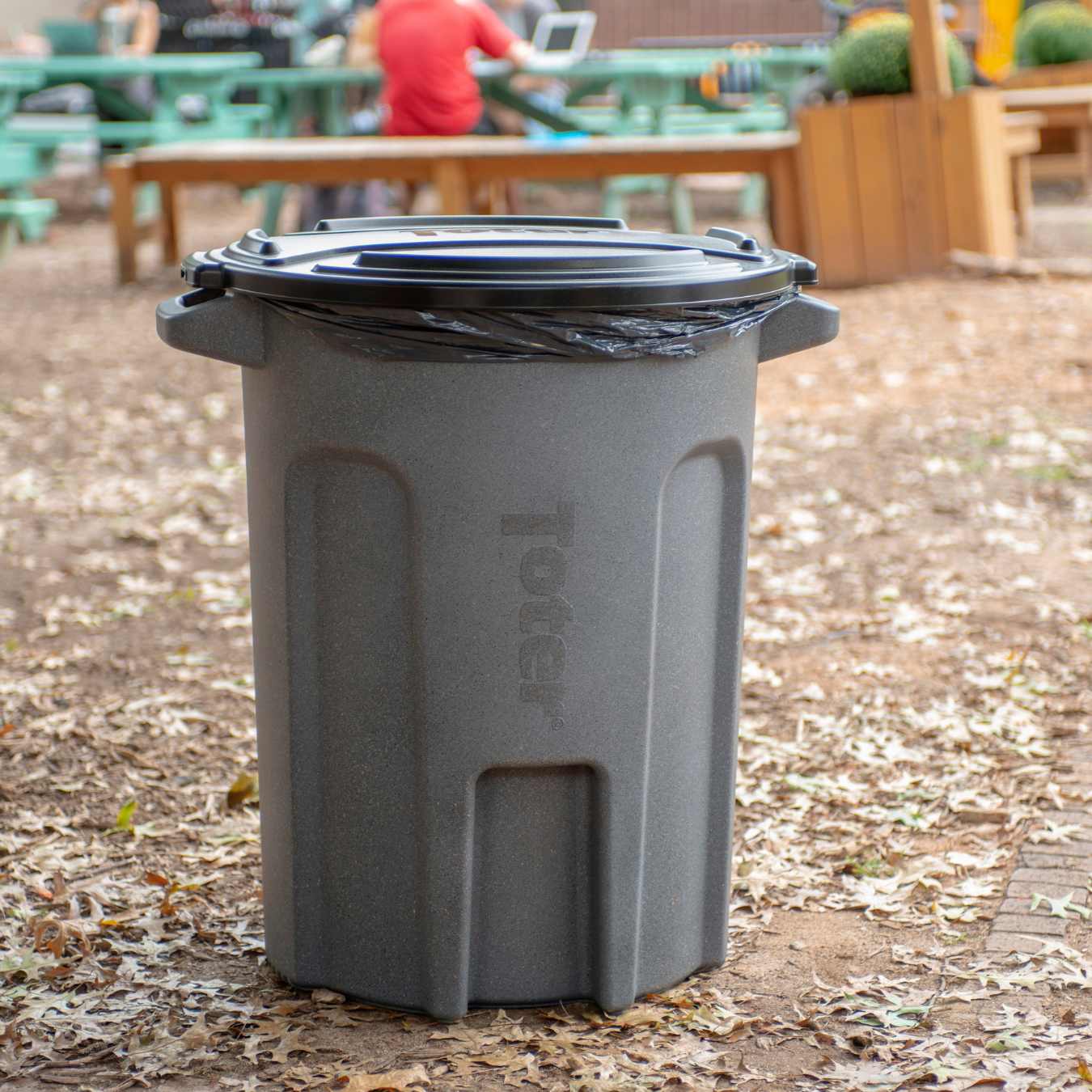
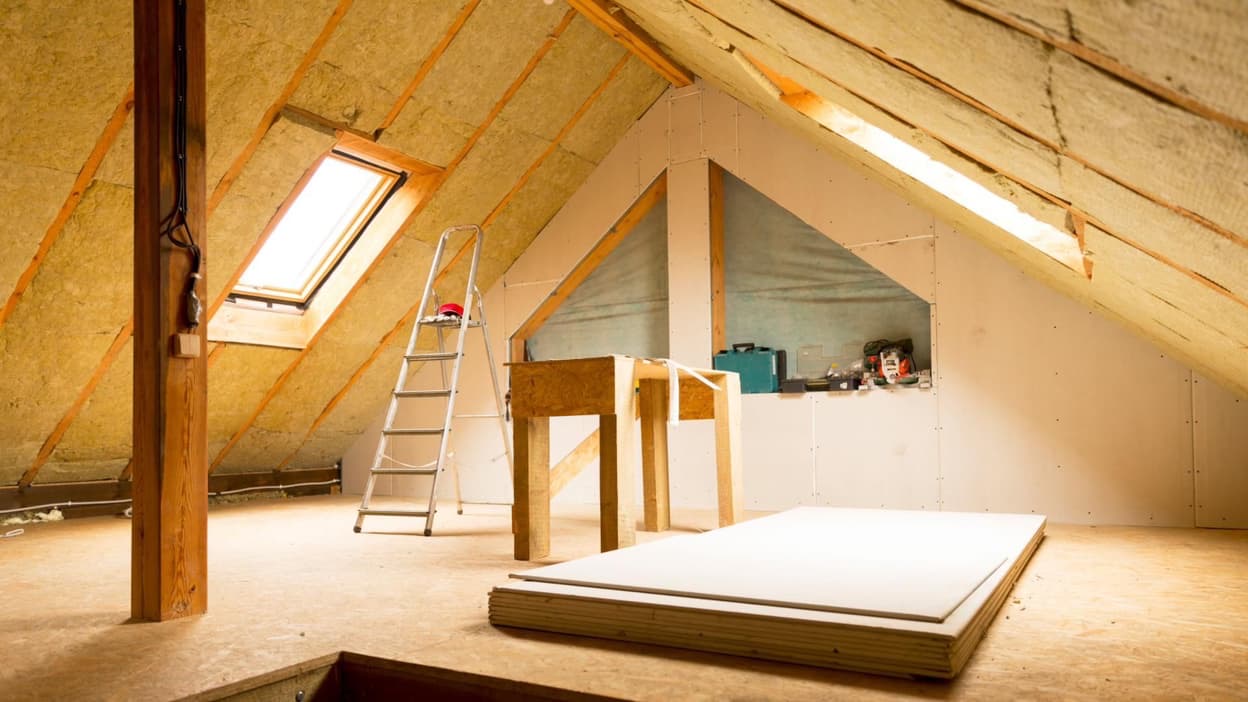


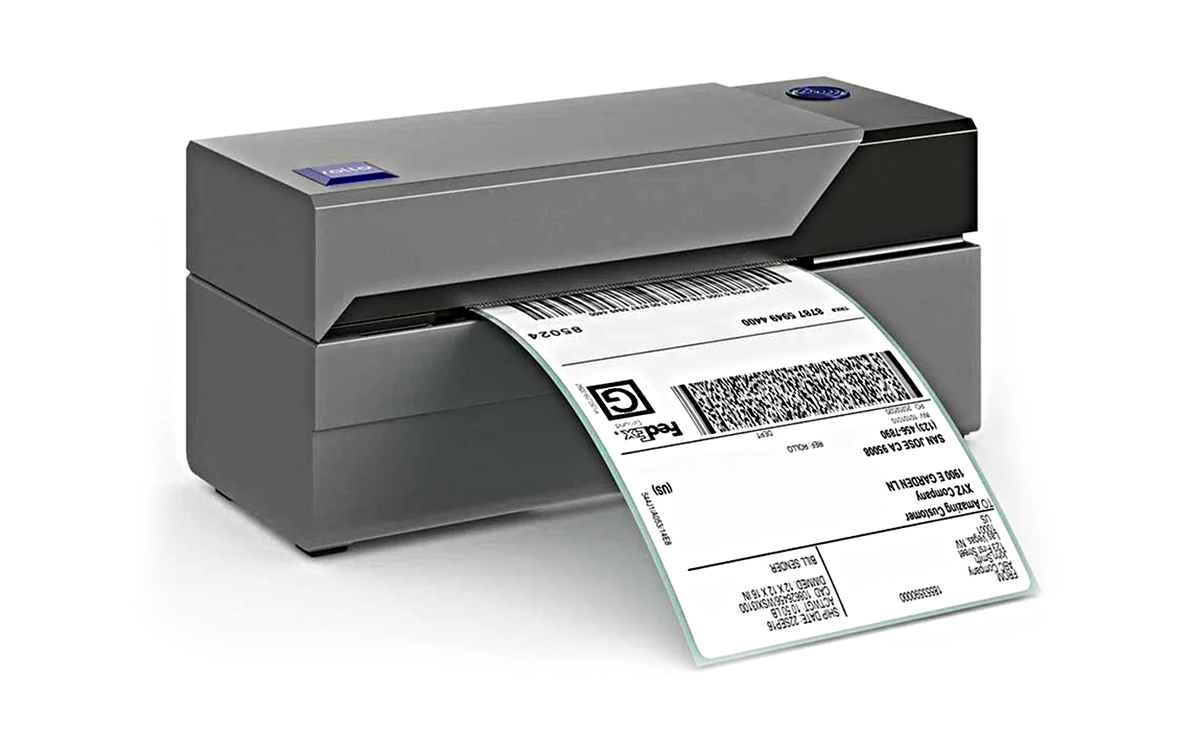
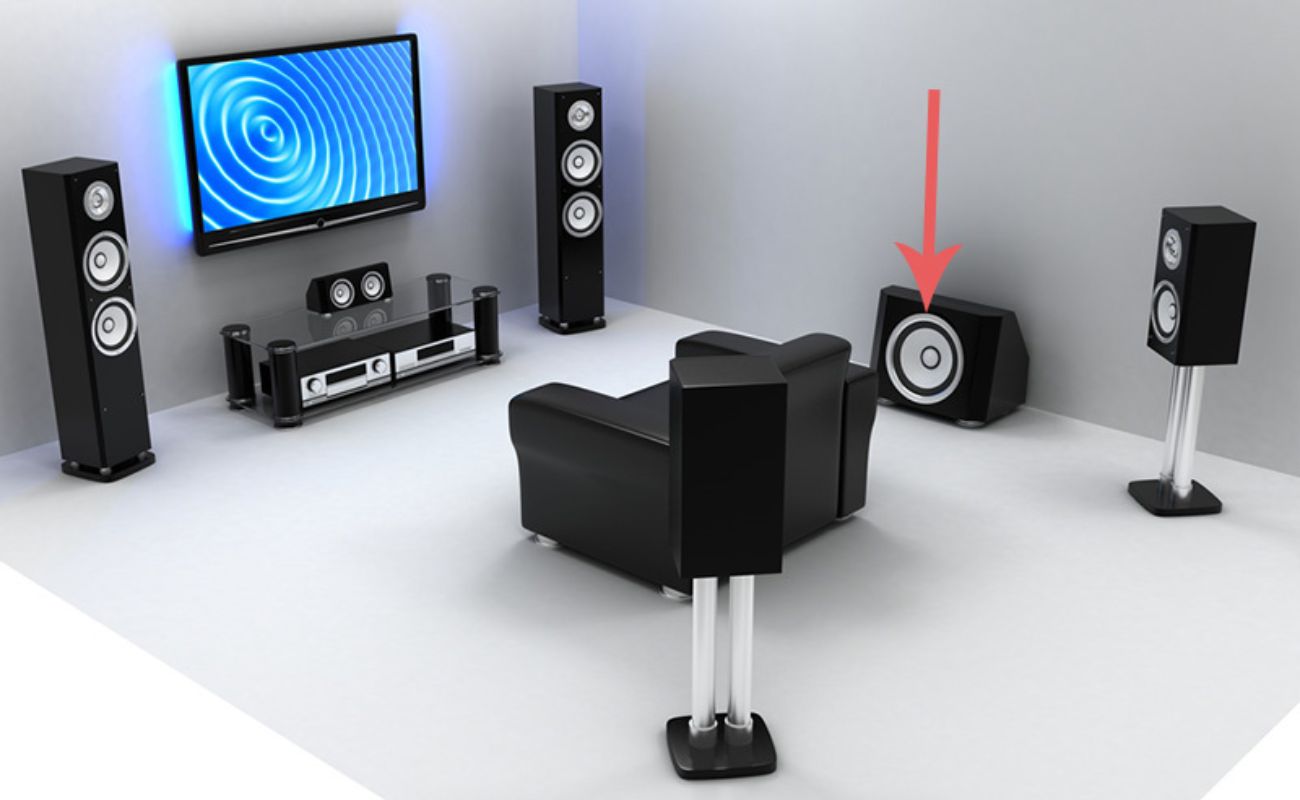

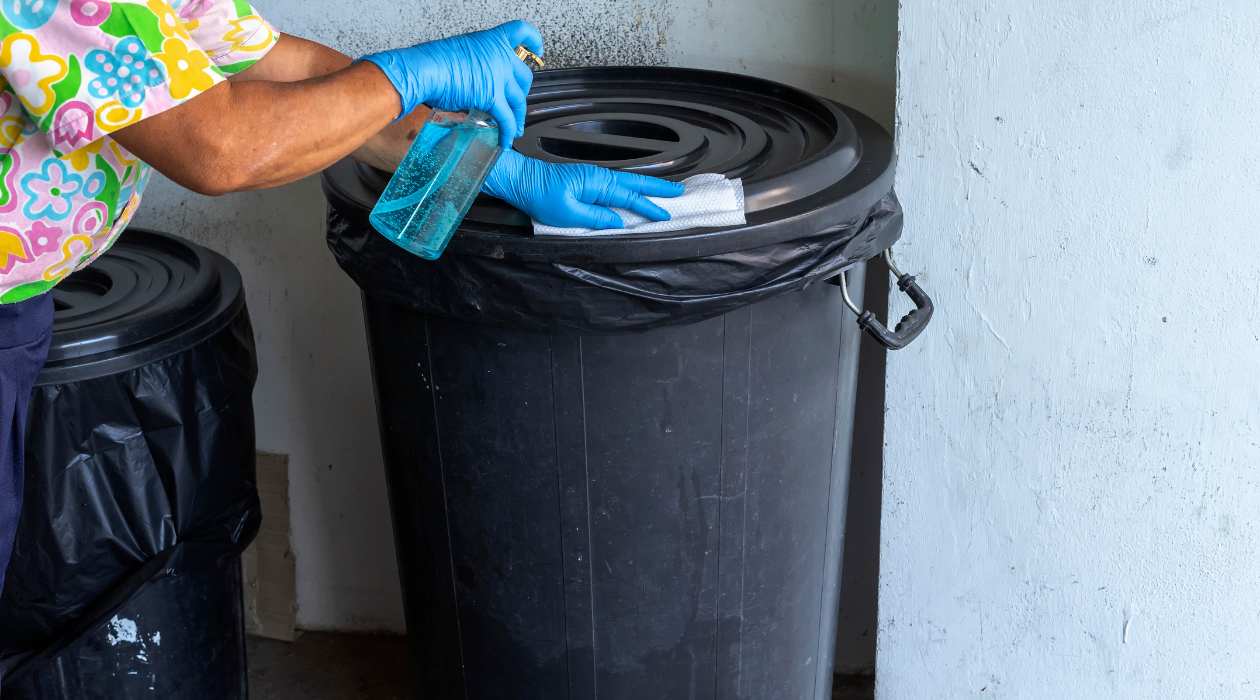

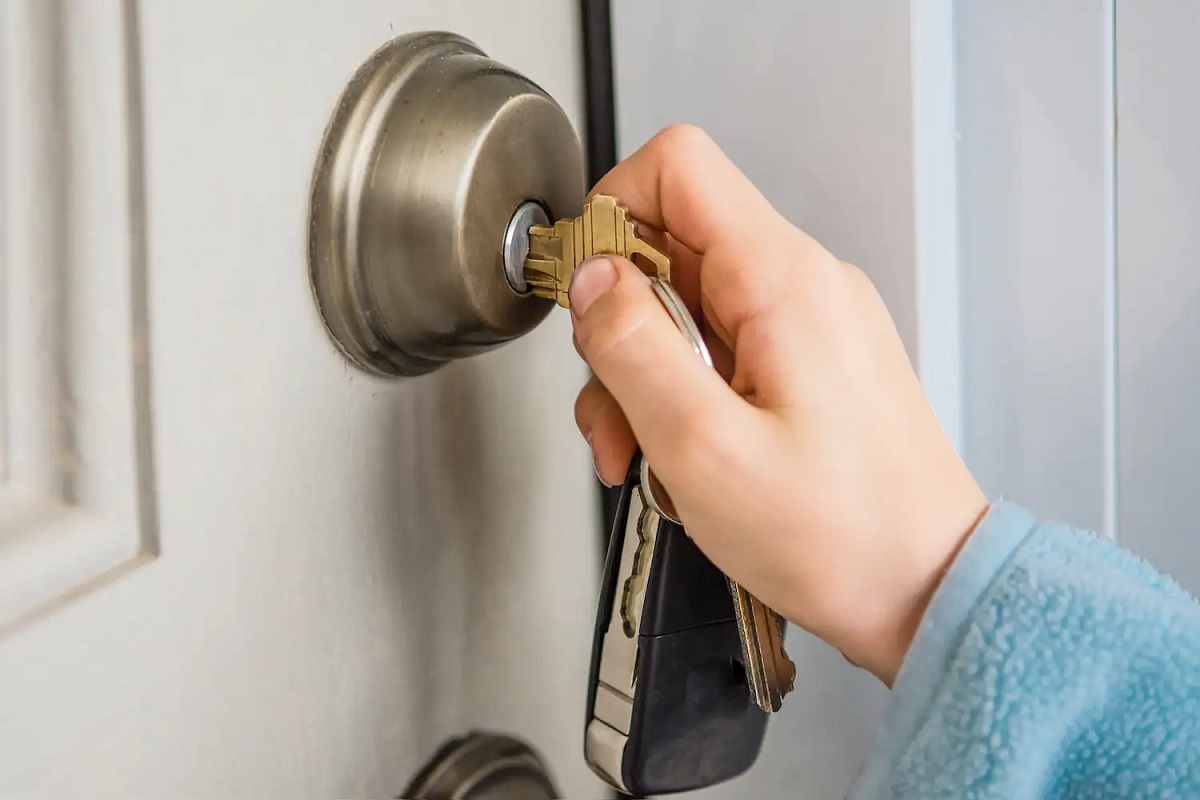

0 thoughts on “Which Way Do You Face The Trash Can”